One cannot transport eggs from a poultry farm to the retailer without packing them in an egg tray as they might crack even before reaching the final consumer. Similarly, a white shirt might get stains if transported and sold without packaging, and a retailer might not be able to sell perishable milk products after a day if there were no Tetra Pak.
The paper, corrugated boxes, plastic films, polybags, and rollbags, etc., that enclose a product have a lot more value than a customer can imagine.
But what is packaging, why is it important, what are its types and functions?
What Is Packaging?
Packaging is the act of enclosing or protecting the product using a container to aid its distribution, identification, storage, promotion, and usage.
According to Kotler –
Packing constitutes all the activities of designing and producing the container for a product.
In simple terms, packaging refers to designing and developing the wrapping material or container around a product that helps to
- Identify and differentiate the product in the market,
- Transport and distribute the product,
- Store the product,
- Promote the product,
- Use the product properly.
Importance Of Packaging
Often considered as an essential marketing subset, packaging forms the core distribution, storage, and sales tool that can be a part of the product itself or an external container made of varied materials.
Packaging is an essential element both for the seller and the customer. While the seller use it as a tool to distribute, store, and promote; the customer uses it as an important identification and usage tool.
Importance Of Packaging For The Seller
- Distribution: Good packaging makes it possible for the seller to transport the product from the manufacturing unit to the final selling point and then to the customer. The seller uses different packaging for the same – transport packaging to transport the products and consumer packaging to aid the consumer in consuming the product.
- Storage: Warehousing comes with its own risks of product spoilage, spillage, and mishandling. Proper packaging helps the seller store and assort the products better.
- Promotion: Packaging forms a vital marketing element that the brand uses to differentiate the product using attractive, colourful, and visually appealing packages and inform the buyer about the product’s performance, features, and benefits.
- Safety: Good packaging aids in product safety before it reaches the final consumer. For example, a Tetra Pak prevents the milk from getting spoilt before its expiry date.
Importance Of Packaging For The Buyer
- Identification: Packaging and labelling help the customers identify the product and differentiate it from other products in the market.
- Usage: Often, packaging, like that of a toothpaste, that forms a part of the product aids in its usage and consumption.
- Safety: It also protects the consumer from the dangers that the product comes with. For example, an acid bottle protects the user from getting acid burns.
Functions Of Packaging
Packaging plays a crucial role from the time a product is developed to the time a product is fully consumed. These functions of packaging include:
- Contains the product: Most products need to be contained either during transportation, storage, or consumption. Packaging makes sure the product is contained as and when required.
- Protects the product: Packaging protects the product and its quality, features, utility, etc. from being damaged or contaminated during transportation, storage, and consumption.
- Aids product handling and usage: Proper packaging aids product handling and makes it easy to transport, ship, and even use the product.
- Differentiates the product and makes it stand out: Packaging makes it easier for the customer to identify and differentiate it from other products. Moreover, attractive packages have a property to stand out and attract customers towards it.
- Forms a part of product marketing strategy: An attractive and/or informative package makes the product stand out and have a promotional appeal. Packaging also acts as the final touchpoint that helps in product promotion and sale.
- Provides customer convenience: Packaging is also a convenience tool that makes it convenient for the customer to carry, transport, and use the product.
- Acts as a communication medium: Packaging along with labelling helps communicate the brand identity, brand message, and product and company information to the customer.
- Adds to the aesthetic value: Packaging can make a simple product look attractive or a unique product look ordinary. It’s an important aesthetic touchpoint that can make or break a sale.
Types Of Packaging
Usually, packaging can be categorised into three types depending upon its usage and purpose. These types are:
Primary Packaging
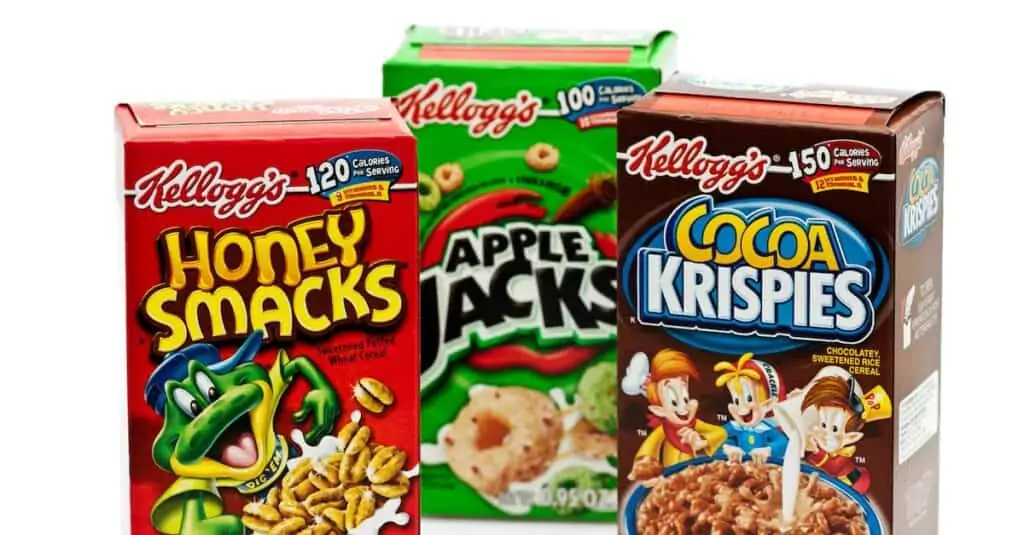
Primary packaging, also referred to as consumer packaging, is in direct contact with the product and is intended for the customer to identify, gain product knowledge, and to aid product consumption.
It’s the base packaging that emphasises both utility and appearance.
It is the primary layer like the plastic pouch, cardboard box, etc. containing the finished product, that protects and preserves the finished product from contamination and tampering, while including aesthetic elements that make the product stand out.
Besides aiding identification, differentiation, and consumption, primary packaging also acts as a promotional tool to attract more customers at the point of sale by making the product look more appealing.
Some examples of primary packaging are:
- Laminated pouches for dry fruits
- Plastic containers for fruits
- Tin cans for soft drinks
- Laminated tubes for beauty products
- Composite cans for chips
Often, removing the primary packaging of a product affects the product’s quality or attribute.
Secondary Packaging
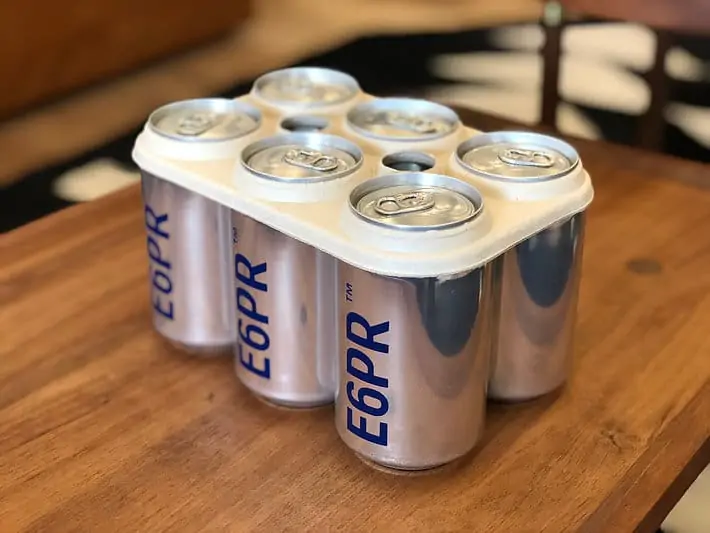
Secondary packaging forms the second packaging layer that the customers don’t usually see. Its main use is to group and hold together individual units of the product to deliver large quantities of that product to the point of sale.
It collates smaller product units into a single pack and aids in inventory management (grouping and identification) before the product is showcased to the customer.
Some examples of secondary packaging are:
- Plastic ring that holds soda cans together, and
- Cardboard box containing multiple individual boxes of cereal, etc.
Removing secondary packaging doesn’t affect the product’s quality or attributes.
Tertiary Packaging

Tertiary packaging, also referred to as bulk or transit packaging, is used to group a large quantity of a particular product to transport it from point A to B.
The main objective of this packaging is to make it easier to transport heavy loads or large quantities of a product easily and securely, while facilitating easy storage and handling.
Some examples of tertiary packaging are:
- Wooden pallets used in freight shipping
- A stretch-wrapped pallet containing a large quantity of secondary packaged goods.
Difference Between Packing And Packaging
While considered as same, packing and packaging are not something that one can use interchangeably. Packing is a subset of packaging that refers to wrapping up the product and containing it in a case or wrapper to protect it and aid in handling.
On the other hand, packaging is the process of designing and developing the container of the offering that protects it and helps customers identify and differentiate in the market.
In simple terms, packing just involves wrapping the product, while packaging also consists of the branding aspect.
Basis | Packing | Packaging |
|---|---|---|
Meaning | Packing is a subset of packaging where a product is contained within a wrapper or a container to aid its transport, handling, and delivery. | Packaging is a subset of marketing where a brand designs and develops the wrapper or container to aid its transport, handling, delivery, and communicate the brand and product information by making it look attractive. |
Objective | To facilitate safety and aid product storage and transportation. | To facilitate safety, increase product appeal, and communicate brand and product information. |
Packaging Advantages
Packaging comes with its own set of advantages. These are:
- It protects the product from any physical harm and damage.
- It helps increasing sales as it adds to the aesthetic value of the product.
- It keeps the product hygiene by preventing adulteration and hampering.
- Some specialised packaging also prevents the products from going bad.
Packaging Disadvantages
While packaging forms an important element of a product, it comes with its own disadvantages. These are:
- Packaging can be deceptive and may trick the customer into getting a wrong perception of the product.
- It adds to the cost. Packaging can add to the cost of the product, which the customer eventually bears.
- It adds to the waste that can turn hazardous, especially if it is plastic.
Go On, Tell Us What You Think!
Did we miss something? Come on! Tell us what you think about our article on packaging definition in the comments section.
A startup consultant, digital marketer, traveller, and philomath. Aashish has worked with over 20 startups and successfully helped them ideate, raise money, and succeed. When not working, he can be found hiking, camping, and stargazing.
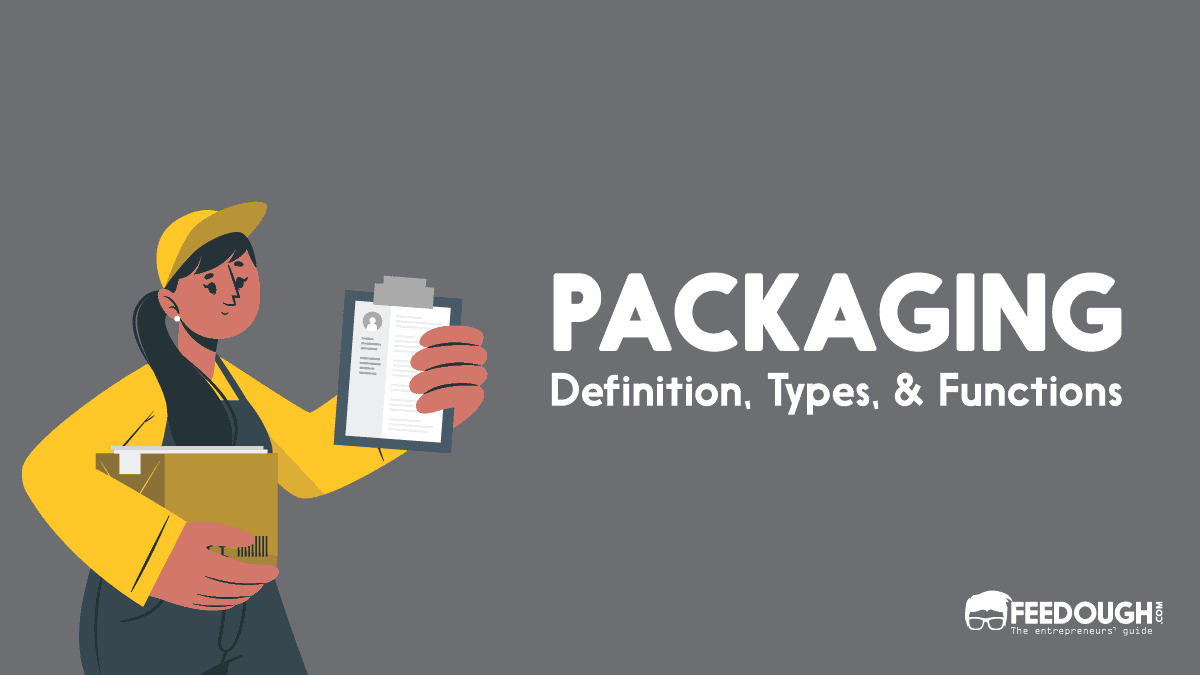

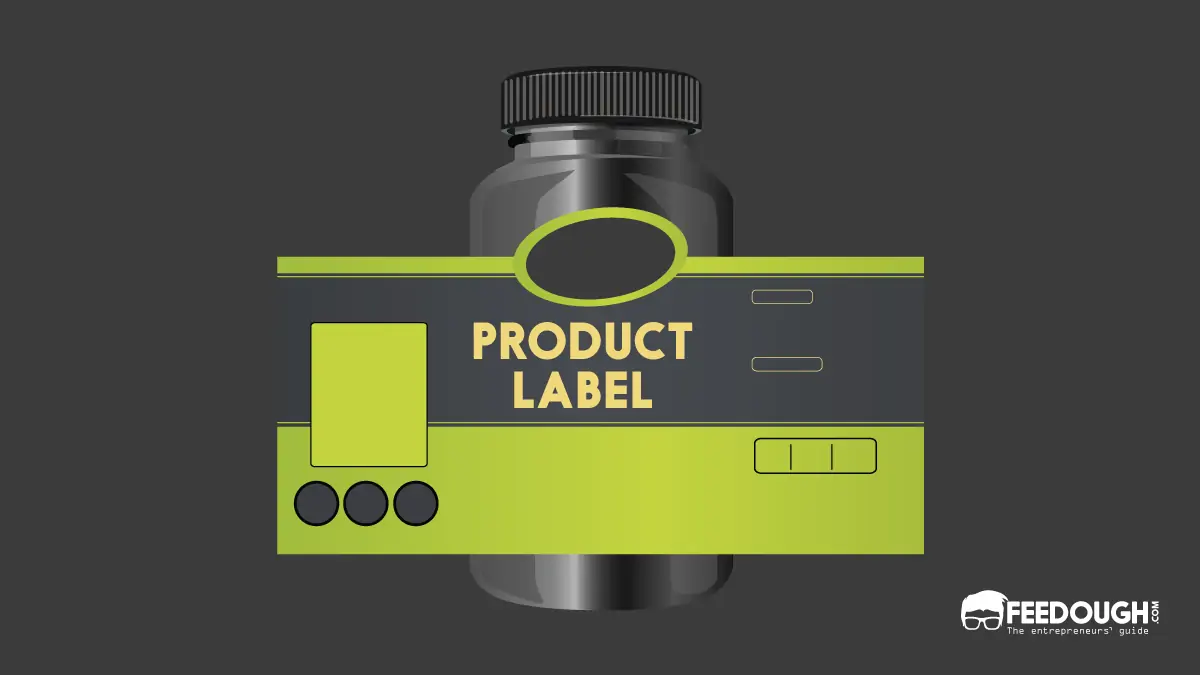
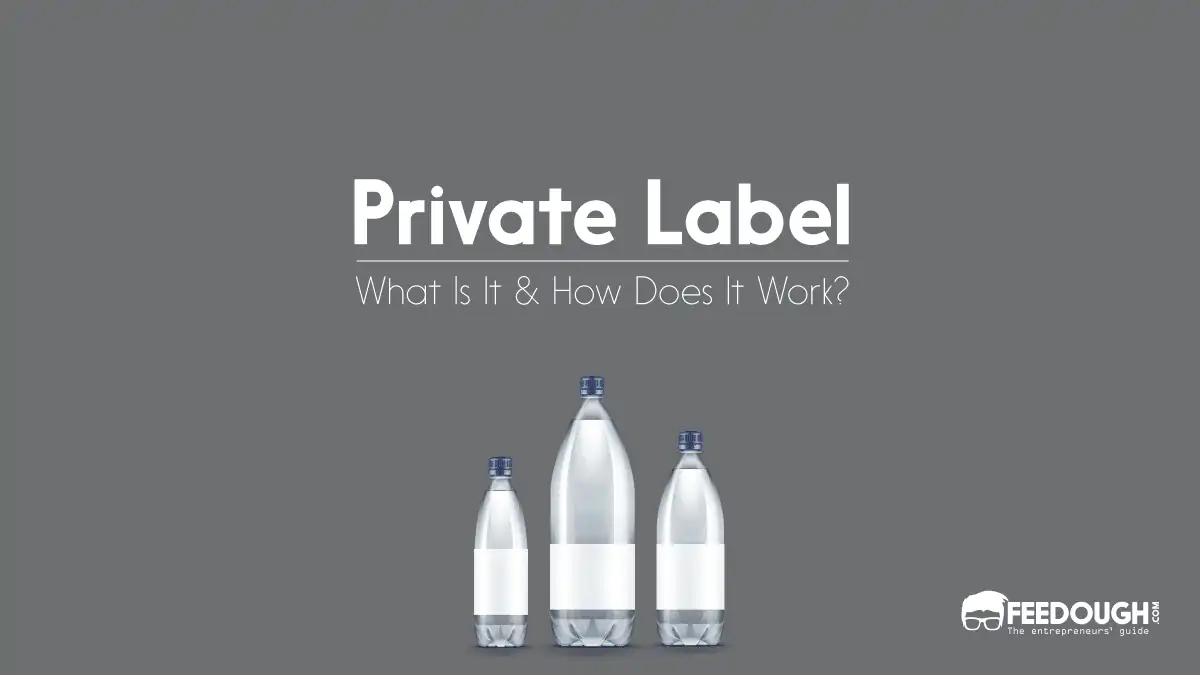
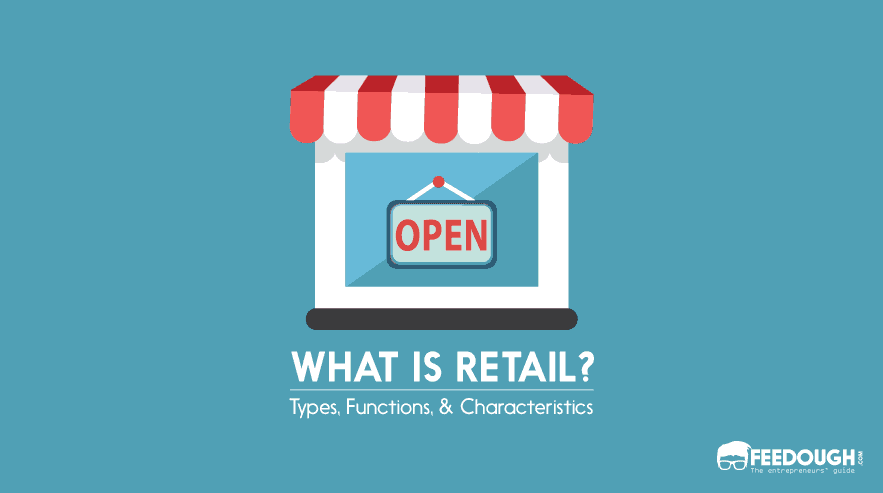

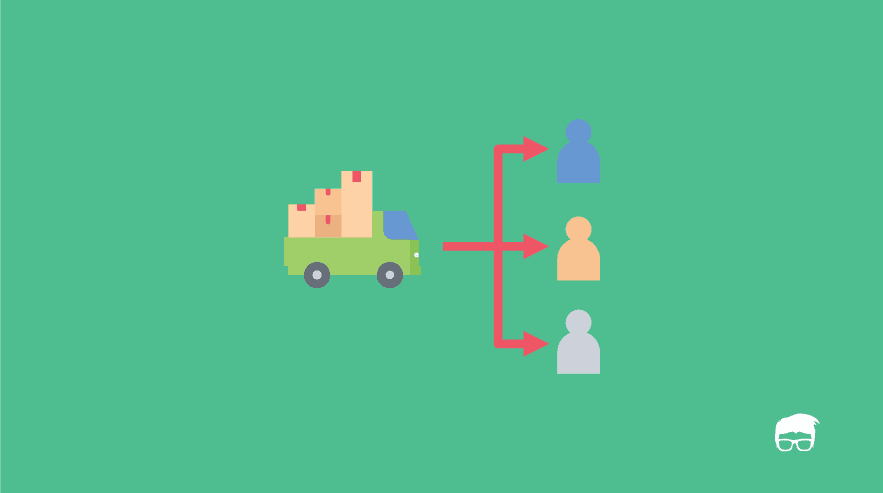
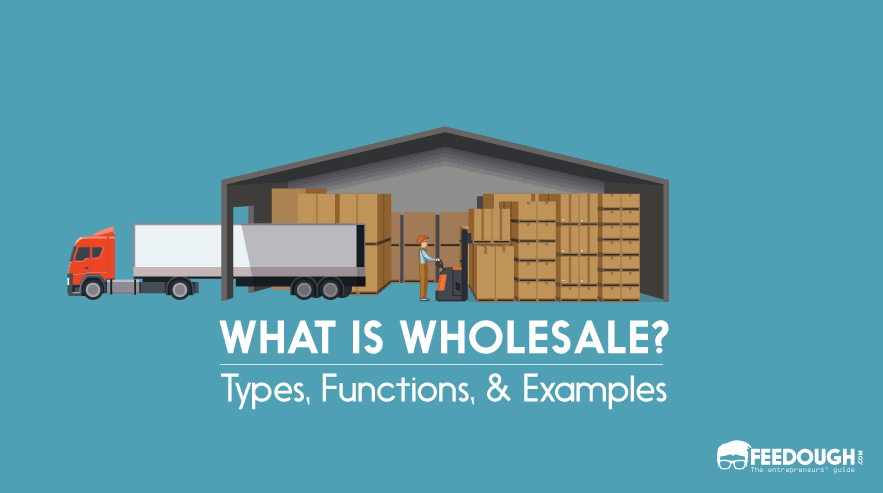
![What Is Green Marketing? [The Complete Guide] green marketing](https://www.feedough.com/wp-content/uploads/2018/11/green-marketing.webp)
